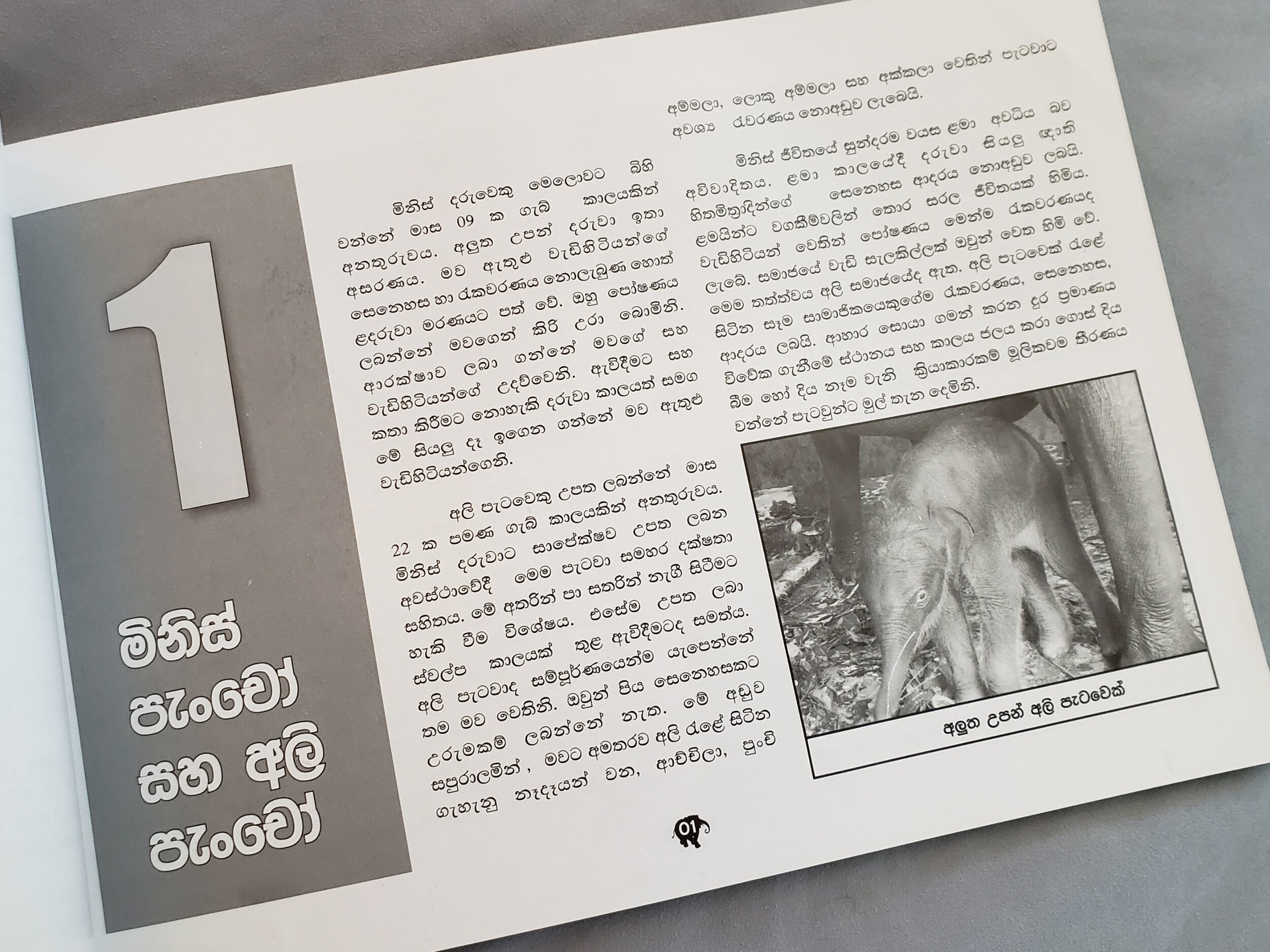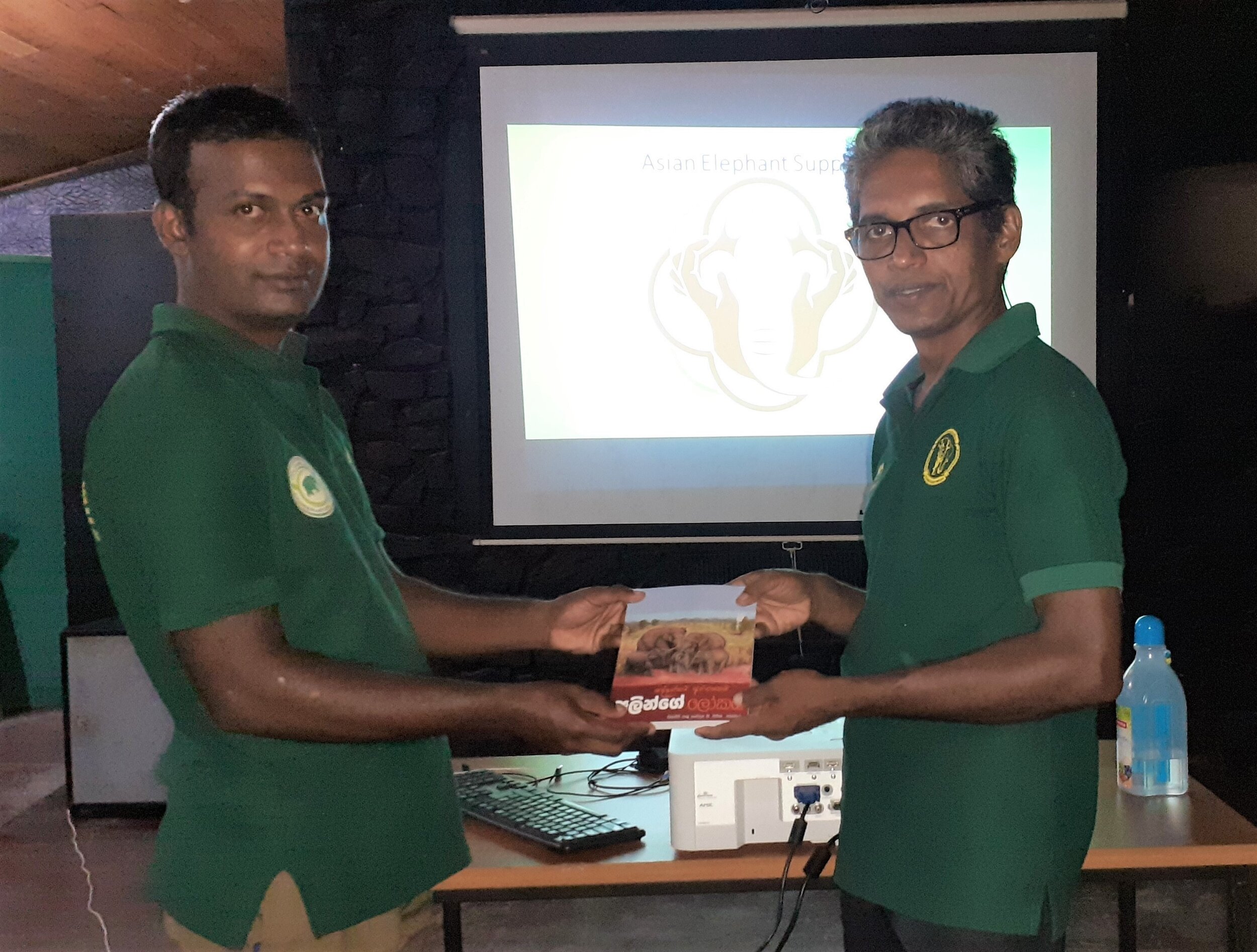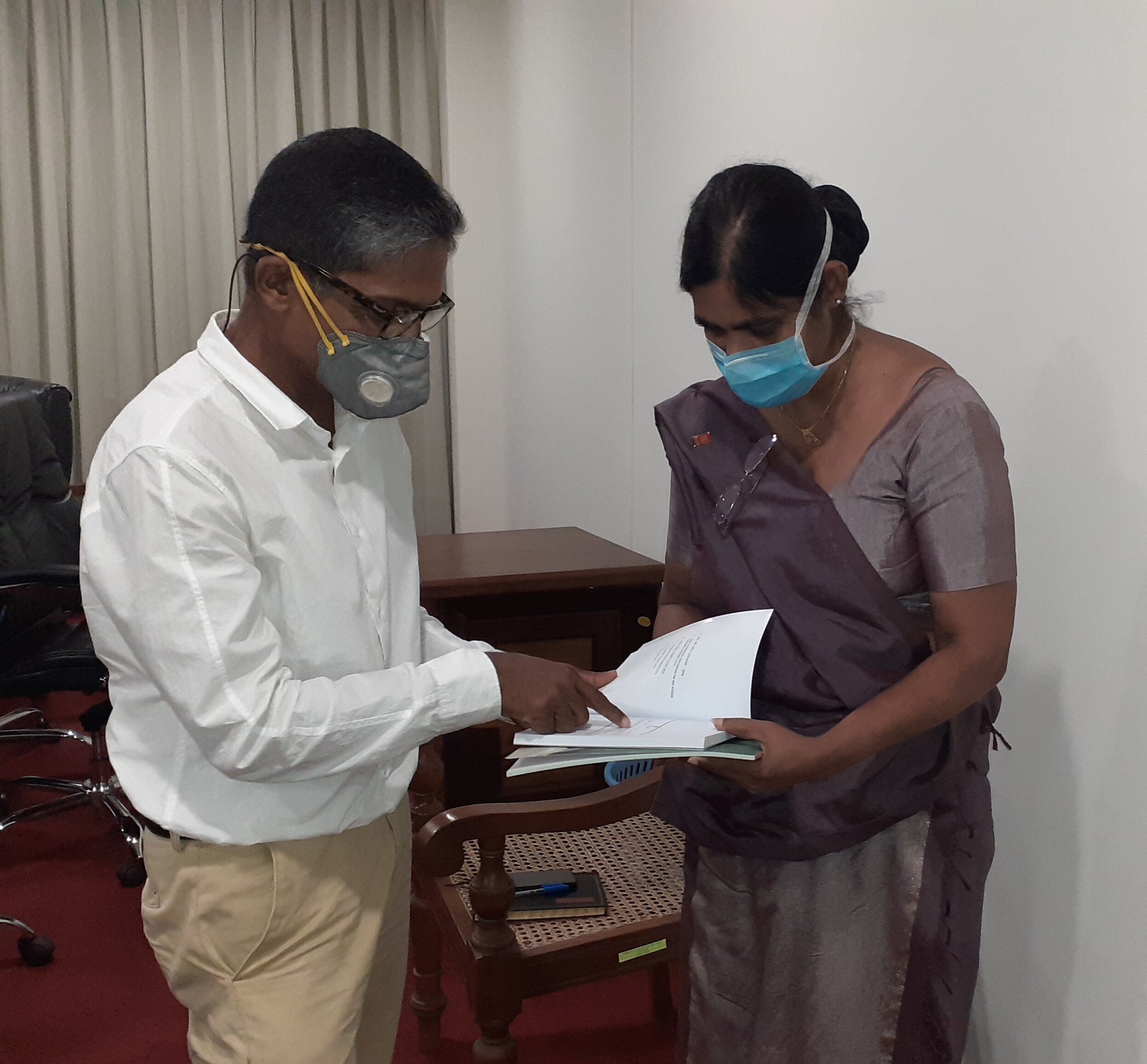How do you reach a broad audience on a very difficult but important topic? In the southern part of India, near the Anamalai Wildlife Reserve, they are using street theatre to educate local community members of all ages on how to coexist with the elephants living nearby.
Community members of all ages gather to see & participate in street performances focused on Human-Elephant Coexistence
In March, 15 plays were performed for audiences in eight villages bordering on the reserve where human elephant conflict levels still remain at critical levels. In this part of India people and elephants constantly live in close proximity to each other, sometimes competing for the same resources. The professionally written and performed plays are designed to teach area inhabitants how to coexist peacefully with elephants by instructing them on elephant behavior, “do’s and don’ts” of elephant conflict and protecting oneself and family. Additionally, the plays provide new ways of teaching others in their community about the importance of elephants and elephant safety.
Street plays gather large crowds & teach about elephant behavior & how to peacefully coexist with elephants
In the state of Tamil Nadu, plays like these are quite popular and culturally relevant. It is hoped that through these performances, awareness can be brought to the possibility of human-elephant coexistence and attitudes towards elephants can be changed for the better!
Street plays such as this are a culturally relevant method to inform communities. They are professionally written & produced by experts dedicated to the protection of elephants & humans
Asian Elephant Support is delighted to have been able to support this creative and unique approach to conservation and we look forward to reporting more on this when programs for school children in the area take place later this year! Help ensure more information about how to safely coexist with elephants is brought to communities living in and around elephant habitat. Donate here.













